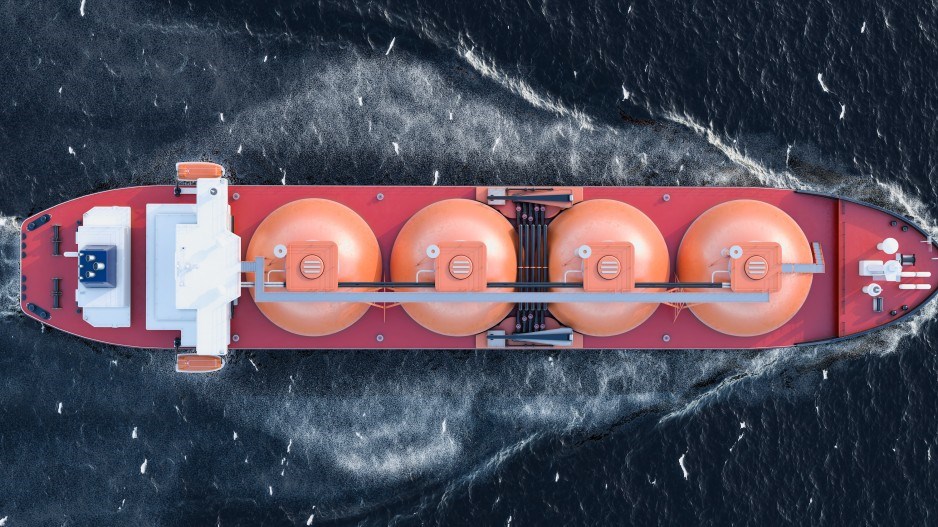The companies behind the Kitimat LNG project have been granted a 40-year export licence by the Canada Energy Regular (CER) – double the 20 years that was originally approved.
The CER, which has taken over from the National Energy Board, has granted Chevron Corp. (NYSE:CVX) and Woodside Energy a licence to export up to 28.23 billion cubic metres, or 996.93 billion cubic feet (Bcf), annually from the LNG plant it plans to build in Kitimat.
But British Columbians should not expect to see work start on that project anytime soon.
Some natural gas and LNG analysts believe Chevron and Woodside will time a final investment decision for the mid-2020s, with plant completion sometime around 2030.
The export licence granted December 4 has a 10-year expiry horizon, during which the company must have made a substantial start on the project.
The Kitimat LNG project received an environmental certificate in 2006 for what was originally proposed as an LNG import terminal.
The project received a certificate amendment in 2010 to switch to an export facility, and Chevron and Woodside are now back in the environmental review process seeking another amendment. Kitimat LNG was originally approved for a 20-year export licence.
Chevron and Woodside are seeking approval for a significant change in scale and design to the Kitimat LNG project. What they now propose is nearly twice the scale, in terms of production, of what was originally approved, but with half the carbon intensity.
The revised proposal calls for more LNG processing units (trains), an additional berth for LNG carriers, and an increase in LNG carrier traffic – up to 250 per year.
Originally, a two-train plant would have produced 10 million tonnes per annum (MTPA) of liquefied natural gas for export. Chevron-Woodside now propose a third train.
It also proposes to use all electric drive, instead of natural gas, for the liquefaction process. Those changes in scope and design would boost the annual production from 10 million tonnes per annum (MTPA) to 18 MTPA.
A conventional LNG plant that size would produce roughly 5 millions tonnes of CO2 equivalent (CO2e) per year.
But by using e-drive, the project could reduce emissions by 70%, bringing it down to about 1.1 millions tonnes of CO2e, according to a Clean Energy BC white paper on electrification of the natural gas and LNG sectors.
During the recent export licence application hearing, the CER heard from project opponents who raised the concern that two large LNG projects – LNG Canada and Kitimat LNG – would use up so much natural gas that it could result in higher natural gas prices for domestic use.
The commission dismissed those concerns, noting an abundance of natural gas in North America, and historically low prices.
“The commission has determined that the quantity of natural gas proposed to be exported by Chevron, for a term of 40 years, is surplus to Canada’s needs,” the commission ruled.
A report submitted by Roland Priddle on behalf of Chevron estimates that 5.9 Bcf/d of LNG will be exported from Canada from 2020 onwards. The LNG Canada project is approved for 3.5 Bcf/d.




